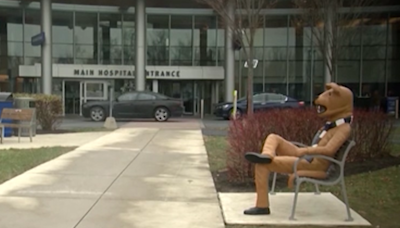Search results
Oct 5, 2023 · Stem cell transplants are procedures that restore blood stem cells in people who have had theirs destroyed by very high doses of certain cancer treatments. Learn about the types of transplants and side effects that may occur.
A bone marrow transplant is also called a stem cell transplant or, more specifically, a hematopoietic stem cell transplant. Transplantation can be used to treat certain types of cancer, such as leukemia, myeloma, and lymphoma, and other blood and immune system diseases that affect the bone marrow.
Oct 24, 2023 · When you have an autologous stem cell transplant, your stem cells are harvested (collected) from your body and frozen. “Autologous” means that the stem cells come from yourself. The 2 general sources of stem cells that can be used in an autologous stem cell transplant are: Peripheral blood stem cells.
A stem cell transplant, also called a bone marrow transplant, can be used to treat certain types of cancer. This procedure might be called peripheral stem cell transplant or cord blood transplant, depending on where the stem cells come from.
Mar 28, 2024 · An autologous stem cell transplant is most often used to treat: Hodgkin's lymphoma; Myeloma; Non-Hodgkin's lymphoma; Plasma cell disorders; What you can expect. Undergoing an autologous stem cell transplant involves: Taking medications to increase the number of stem cells in your blood.
A stem cell transplant (also known as a bone marrow transplant) is a procedure in which defective or cancerous bone marrow is replaced with new, healthy bone marrow cells.
Stem cell transplants are used to put blood stem cells back into the body after the bone marrow has been destroyed by disease, chemotherapy (chemo), or radiation. Depending on where the stem cells come from, the transplant procedure may go by different names: Bone marrow transplant (BMT) Peripheral blood stem cell transplant (PBSCT)


